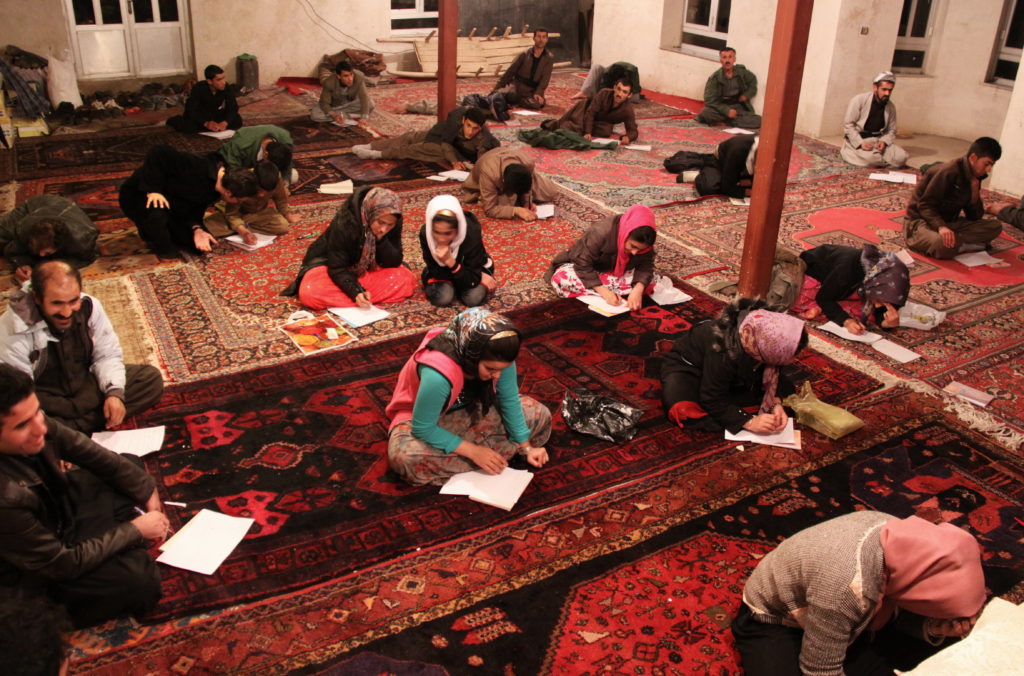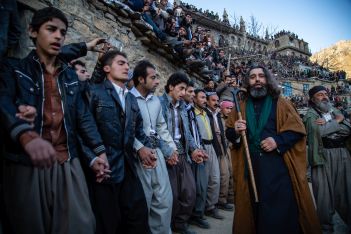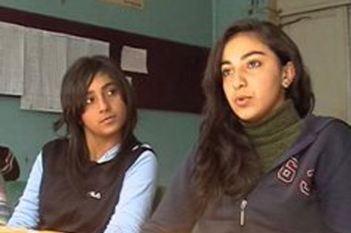Prof. Dr. Jost Gippert
Prof. Dr. Saloumeh Gholami
Beschreibung

©Ebrahim-Alipoor

©Ebrahim-Alipoor

Publikation
- Gholami, S. (2020). “The Collection of Avestan Manuscripts of the Ataš Varahrām in Yazd.” In: Estudios Iranios y Turanios 4, 31–49.
- Gholami, S. (2020). “The Dialectology of Baba-Taher Quatrains and its role in the reconstruction of the former vernacular language of Hamadan.” In: Comparative Linguistics 20, 26–59.
- Gholami, S. (2021). “On the terminology designating the Zoroastrians of Iran and their language.” In: Bulletin of the School of Oriental and African Studies.
- Gholami, S. (2021). “Using questionnaires as a tool for data collection and developing a questionnaire for the historical phonology of Iranian languages.” In: Amin Shayeste Dust (ed.). Dādestān-e dīnī. Tehran: Center for the Great Islamic Encyclopedia, 189–211.
- Gholami, S. (2021). “Judeo-Hamadani, the languages of Jews in Hamadan.” In: Iranian Studies
- Gholami, S. (2022). On the terminology designating the Zoroastrians of Iran and their language. Bulletin of the School of Oriental and African Studies, 85(1), 47-72. doi:10.1017/S0041977X22000313
- Gholami, S. (Together with Sabori, F., Rasekhmahand, M.) (2022): “Discourse marker diye in Hamadani.” In: Language and Linguistics, 2/19, 171–193.
- Gholami, S. (2022). “Classification of the Zazaki language based on the perspectives of perceptual dialectology and comparative linguistics”. In: Iranian Journal of Comparative Linguistic Research.
Year 11, Nr. 22. DOI: 10.22084/RJHLL.2021.24754.2169 - Gholami, S. (2023). “Unpacking the Complexity of Gurān Identity: An interdisciplinary Analysis of Historical and Cultural Sources.” In: Brill Journal of Religious Minorities under Muslim Rule, Vol. 1, pp. 67–112, DOI: 10.1163/27732142-bja00003
- Gholami, S and Karami, S, Gholami, S (2023). “A Corpus-Based Study of Alignment in Literary Gorani (Based on the Manuscript 11092 of Dīwān-I Mawlawī).” Iran and the Caucasus 27 (2023), 1–28.
- Gholami, S. (2023). “The Zoroastrian Manuscripts of the Rostam Jāmāsb’s Family and a New Dating of Videvdād 4100.” In: DABIR: Digital Archive of Brief notes & Iran Review 9 (2022), 1–16. DOI: 10.1163/29497833-20230001
- Karami, S., Naghgoy Kohan, M. and Gholami, S. (2023). radeshnāsi sāxthay rabtī dar motūn-n Gorānī wa bāztāb nezāme konāy dar ānhā [typology of copula constructions in Gorani texts and the ergative system’s reflection in them]. The Journal of Western Iranian Languages and Dialects.11(1)1,103–125.
- Gholami, S. (2023). Review of “Rzehak, Lutz and Aswar, Bidollah. Dari-Persisch. Wiesbaden: Reichert.” In: Abstracta Iranica. https://doi.org/10.4000/abstractairanica.55027



